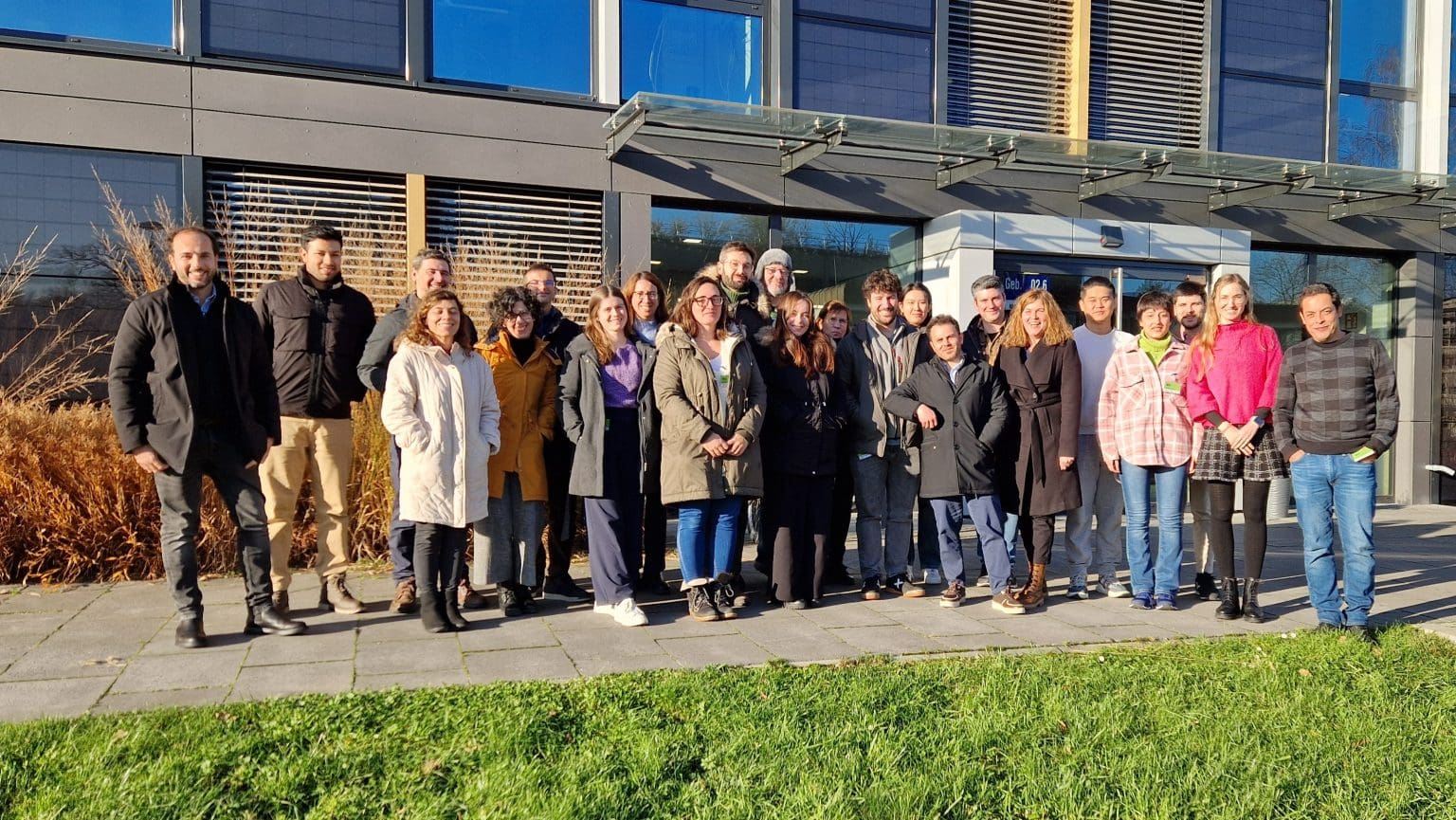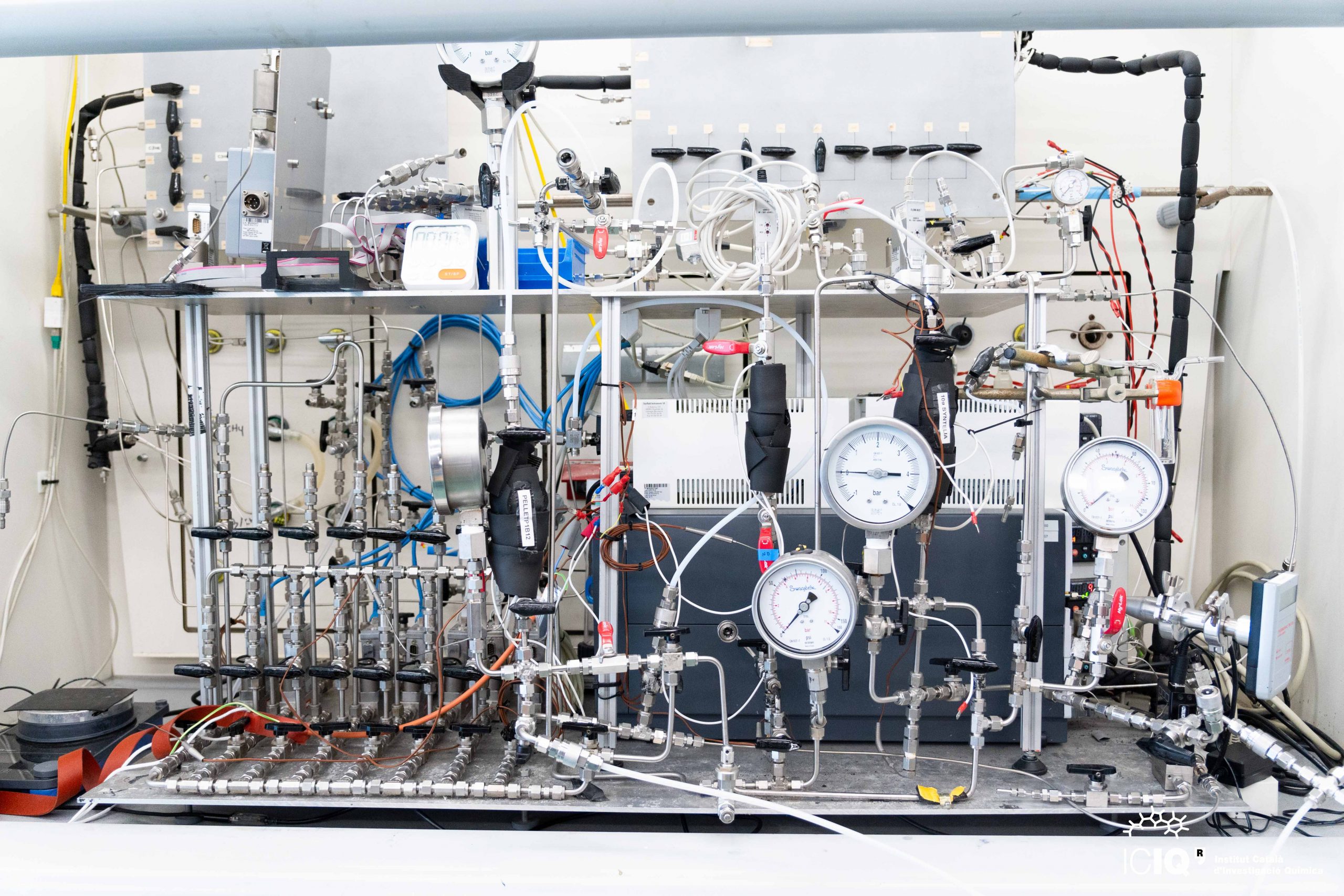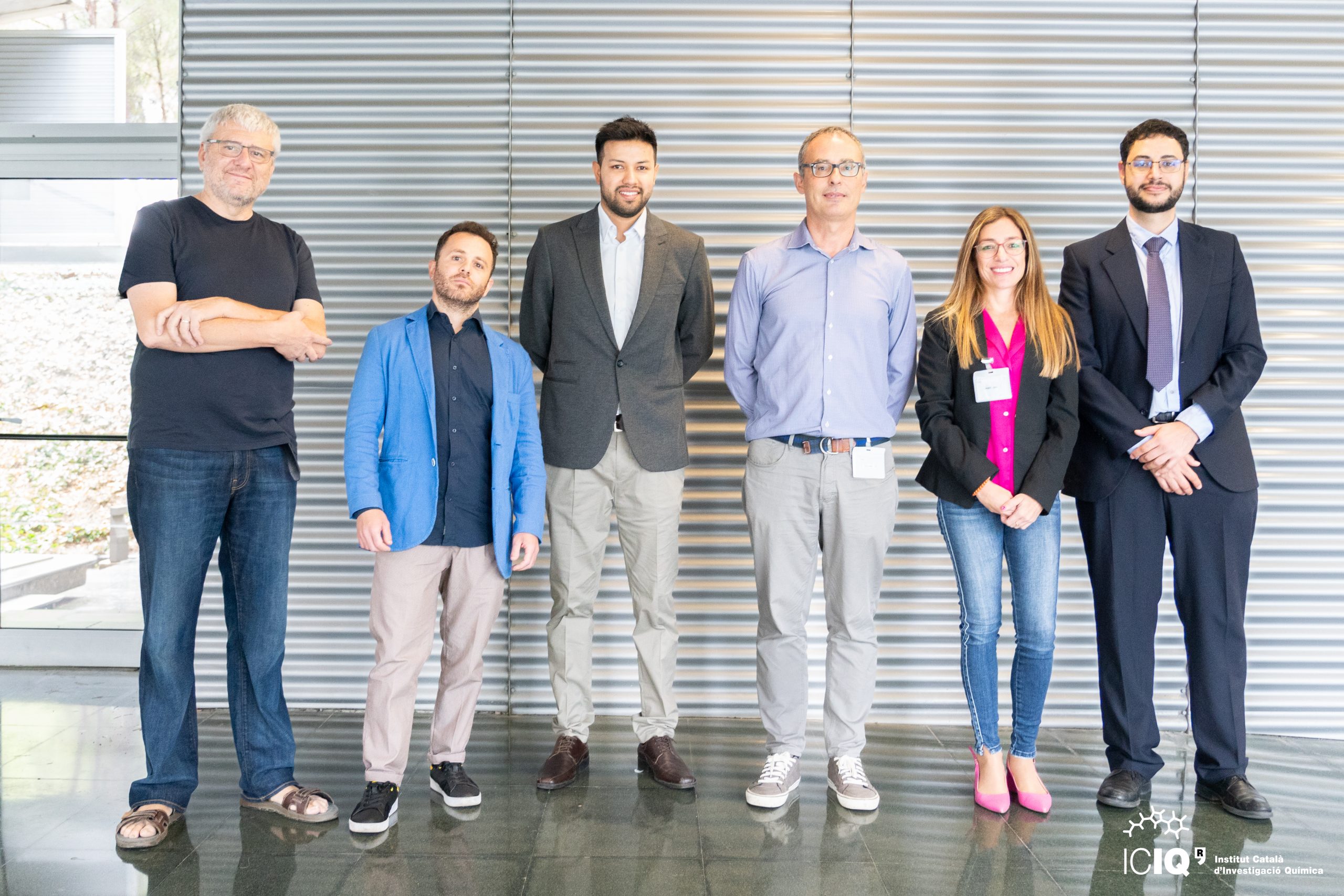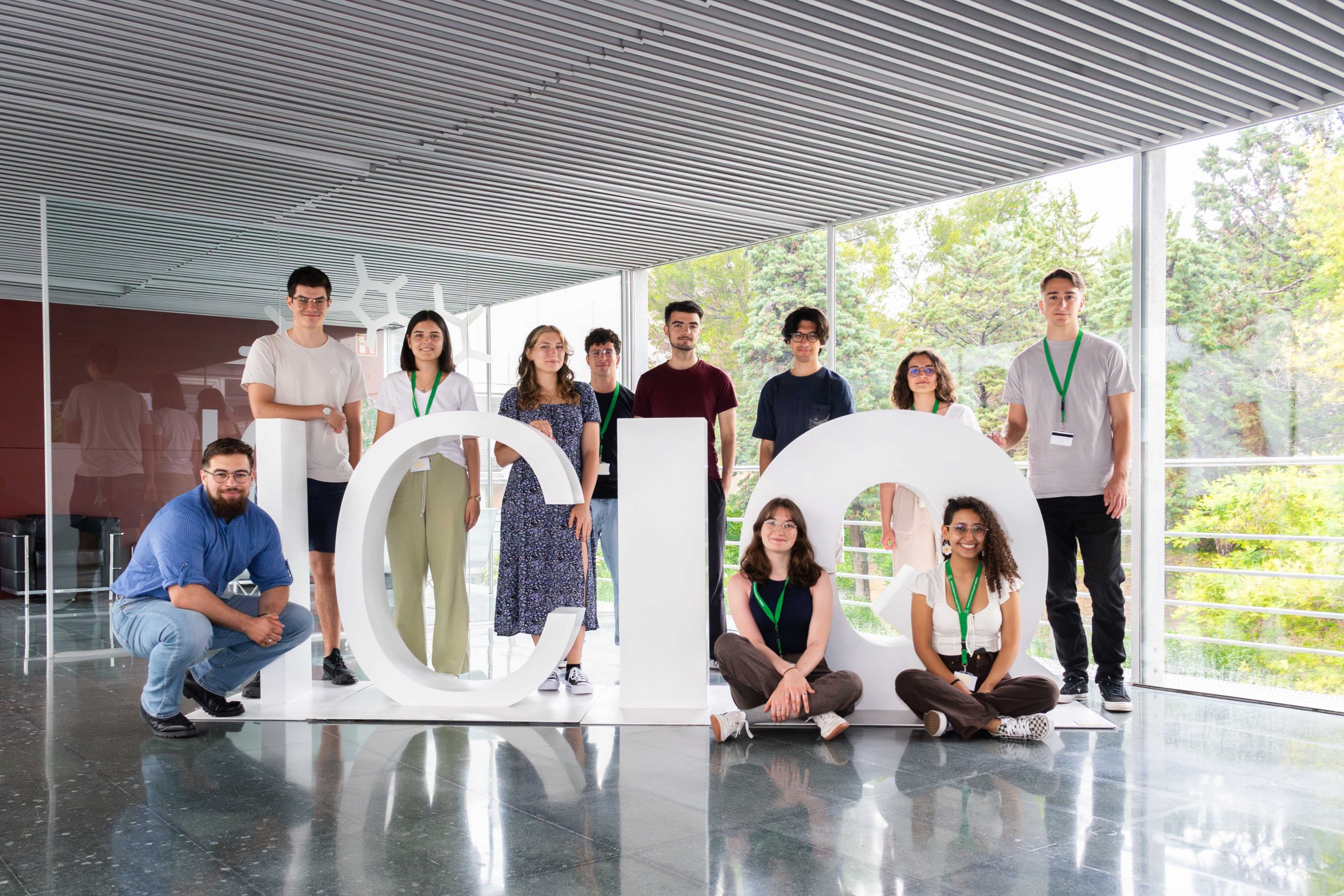The ICIQ's research in the field of artificial photosynthesis highlighted in the magazine Industria Química
The magazine “Industria Química” kicks off the year 2024 with a special edition on the chemical industry in Catalonia, for which the collaboration of the ICIQ has been sought. ICIQ has participated with an article that covers the various steps involved in artificial photosynthesis and the research conducted at the Institut Català d’Investigació Química in each of these steps.
For the ICIQ, artificial photosynthesis is a cornerstone of its research. To find practical solutions for solar fuel generation based on plant processes, one must understand and master the main steps of photosynthesis: (I) Light capture and conversion, (II) Water splitting, and (III) Fuel production.

Light Capture and Conversion
In the initial stages of natural photosynthesis, specialized complexes containing pigments and proteins absorb, transfer, and convert solar energy into chemical energy. The work of Dr. Elisabet Romero on pigment-protein complexes responsible for light capture and charge separation is highlighted at this point.
Water Splitting
Water splitting is the process in which a water molecule is separated into oxygen and hydrogen. Efficient catalysts are needed for both water oxidation into molecular oxygen and proton reduction into hydrogen. The work of Prof. Antoni Llobet on developing water oxidation catalysts inspired by structural motifs found in nature, as well as that of Prof. Julio Lloret-Fillol on understanding the water oxidation process itself, stands out in this step.
Fuel Production – CO2 Reduction
Like many pieces in the complex puzzle of artificial photosynthesis, the catalytic mechanisms of CO2 reduction are only partially understood. Results on this aspect of the process have been obtained from the work of Prof. Núria López. Her work introduces a new pathway for transforming carbonates.
Photoelectrochemical Cells
A photoelectrochemical cell is obtained by combining modules responsible for light capture, water oxidation, and proton reduction, mimicking natural photosynthesis. For this point, the work of Prof. José Ramón Galán-Mascarós is discussed, including efforts to enhance hydrogen production during water splitting using magnetic fields and the A-LEAF project, a European consortium focused on creating an artificial photosynthesis platform for capturing and transforming solar energy into chemical energy.
The aim of the article published at “Industria Química” was to understand the different steps involved in photosynthesis, their extraction for artificial processes, and to explore the latest discoveries in each section within the continuous and excellent research activity of the ICIQ.
Related news

Let's create a brighter future
Join our team to work with renowned researchers, tackle groundbreaking
projects and contribute to meaningful scientific advancements





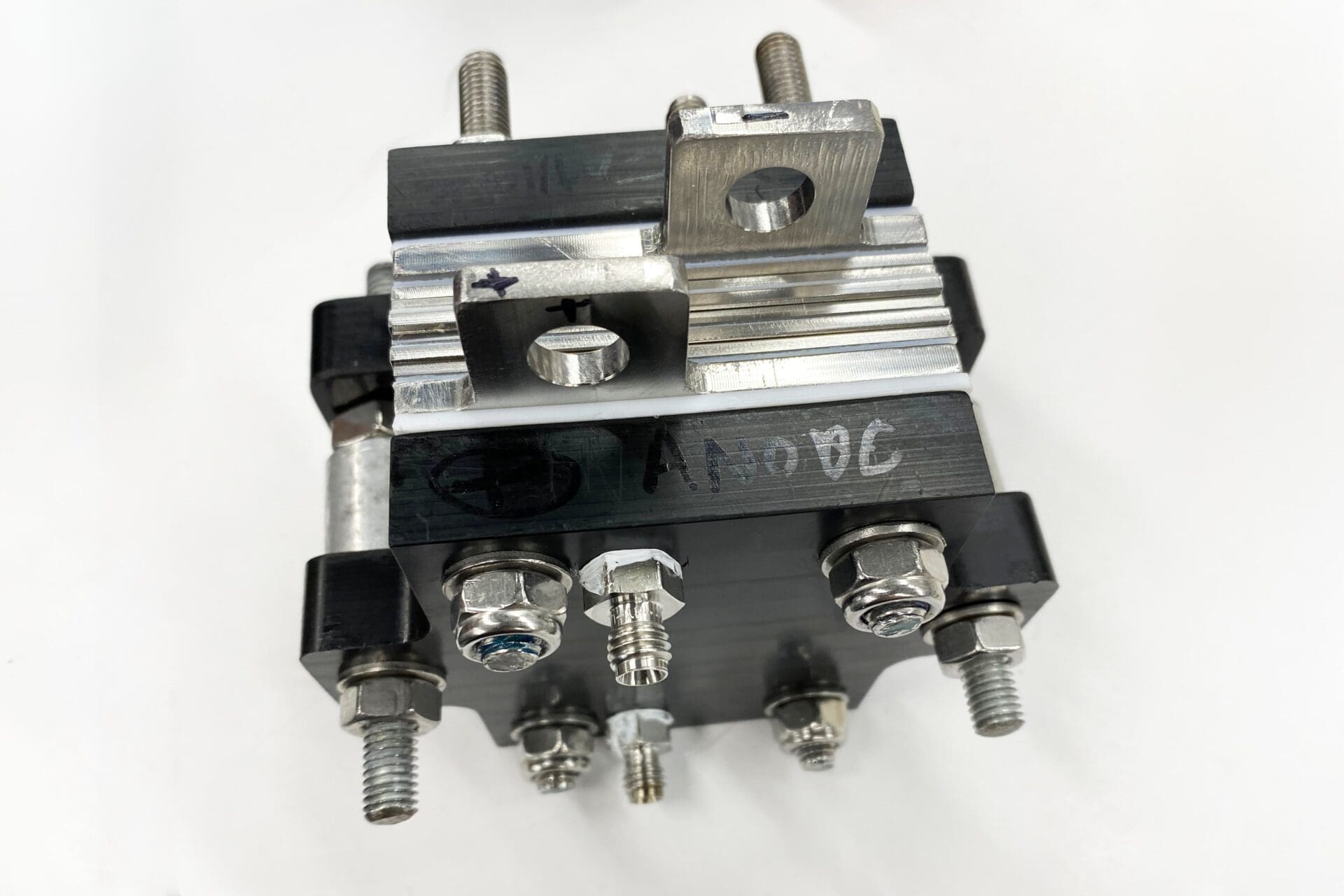
 09-12-2024
09-12-2024 